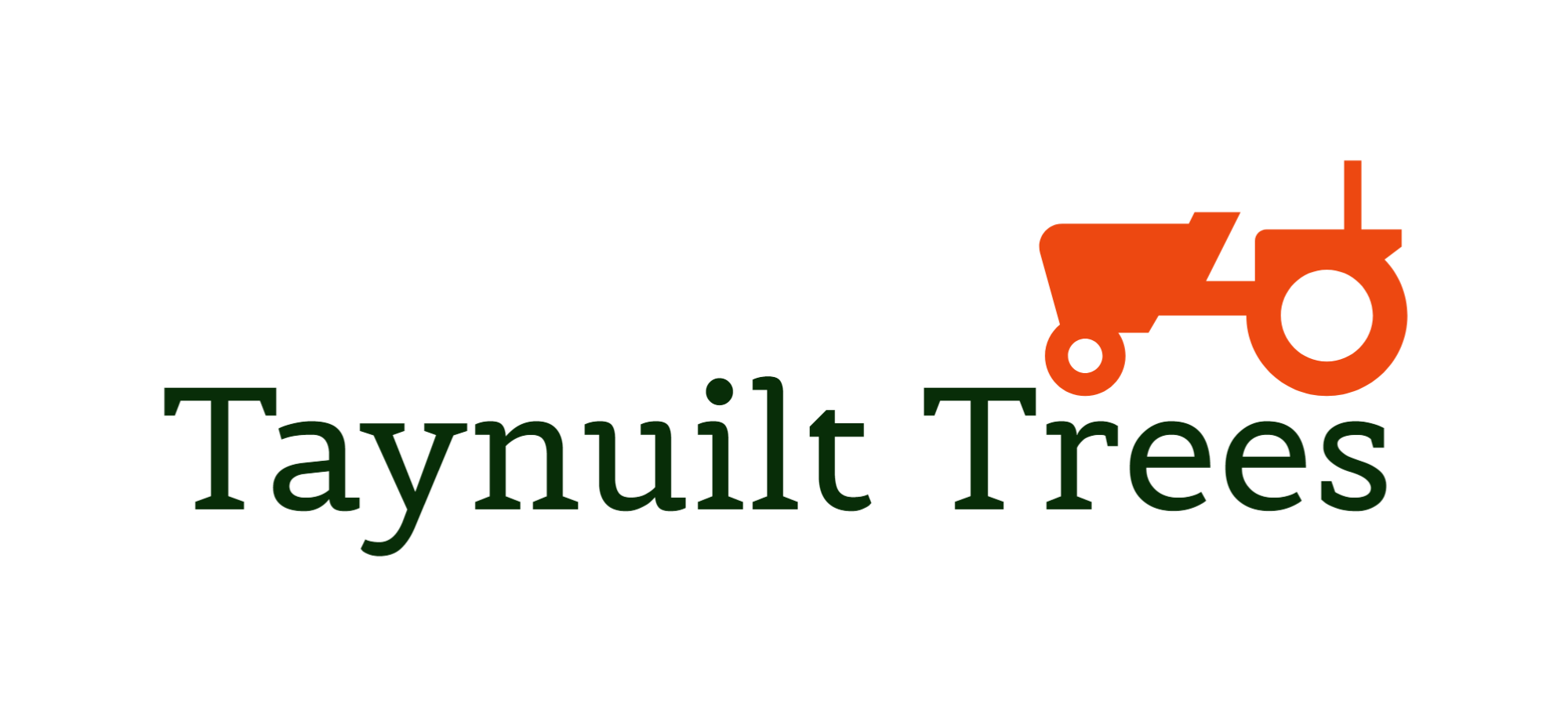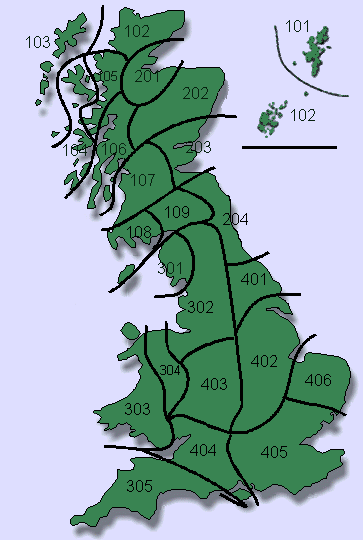Planting Advice
Seed Origins & Planting Local
When creating a new native woodland, the young trees should be grown from locally collected seed to ensure local adaptations and wildlife relationships are preserved. The Forestry Commission (Scotland) now require that seed origins are certified for every forest tree sold in the UK and payment of grants is conditional on a suitable origin being used. A system of seed origin zones is used to guide nurserymen and foresters (see seed zone map). The origin zones are explained in the FC Practice note FCPN008, 'Using local stock for planting native trees and shrubs (Herbert)', which can be ordered free online from the publications section of The Forestry Commission website.
Our seed is mostly collected in zone 106 which covers mainland Argyll: from the Kintyre peninsula to Fort William and we also stock zone 105 for the North West & islands. These seed origins are also suitable for planting in neighbouring zones and the Hebrides where viable tree populations are scarce. We can assure complete trace-ability for customers from the collected seed to the planted tree.
Choosing Species
The species that you plant, their size and the spacing between plants, will all be determined by your site. If you are planting under a grant scheme you may have a design plan prepared for you by a professional forester. However we are here to help if you wish to plan your own woodland. We can suggest species mixes for most situations. A series of eight excellent Forestry Commission guides, 'The management of semi-natural woodlands', is available online in PDF format at the Forestry Commission website.
Tree size
Ideally all trees should have a good balance between stem height and root system. A tall tree with a tiny root will struggle to establish on an exposed hillside; equally a tiny tree can struggle if planted in tall competing vegetation. The way the planting ground is prepared; the site vegetation; exposure and pressure from browsing animals are all factors to consider.
Hedging
We recommend planting hedge plants in staggered rows, 30-45 cm between rows, with plants spaced at 30 cm along each row. You will need 5- 6 plants per metre run of the hedge. Plants should be of 30-60 cm height and stocky; although bigger plants can be cut back to encourage a bushy habit. In Argyll natural hedges will include a mix of species. Hedges are usually cut twice. Most hedging these days is for amenity or conservation rather than to be stock proof, so cutting can be timed to maximise wildlife benefits. Remember the new hedge will need to be protected from grazing while it establishes; leave plenty of room between fences and the hedge to make cutting easier. We can advise on typical mixes of native hedging species. We can also supply Beech for a more formal hedge.




